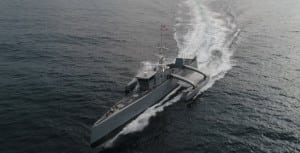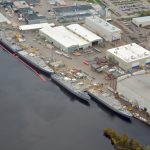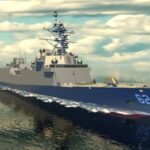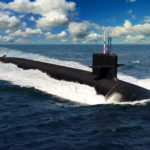
Leidos [LDOS] finished the delivery of the Seahawk autonomous medium displacement unmanned surface vehicle (MDUSV) to the Navy, the company announced April 7. The company built the vessel via a $35.5 million 2017 contract from the Office of Naval Research. Work primarily occurred on the Mississippi Gulf Coast. Seahawk is the designation of the second Sea Hunter MDUSV being operated by the Navy, also built by Leidos. The company described the Seahawk as a long-range, high-availability autonomous surface vessels with…

 By
By 











